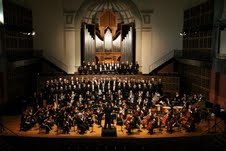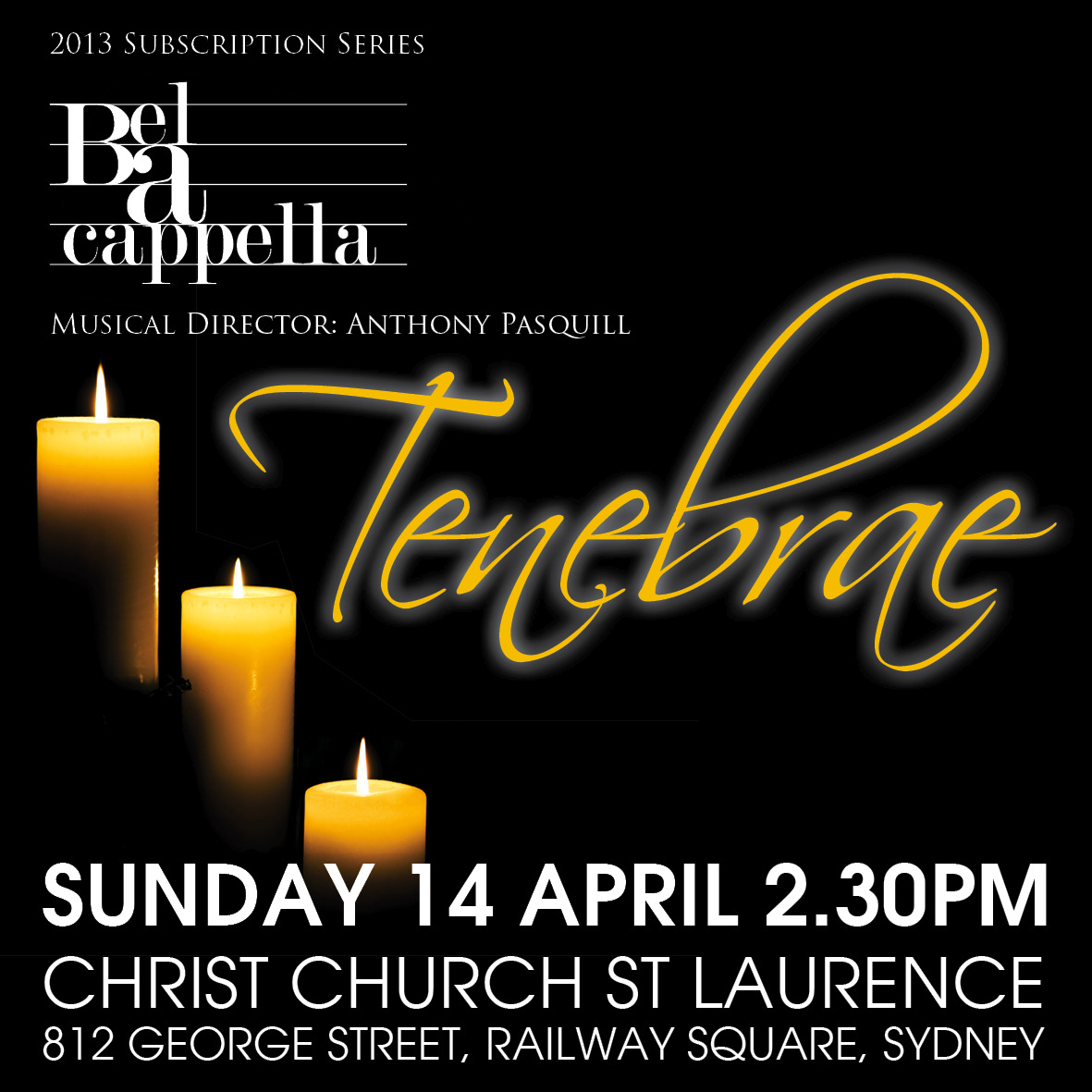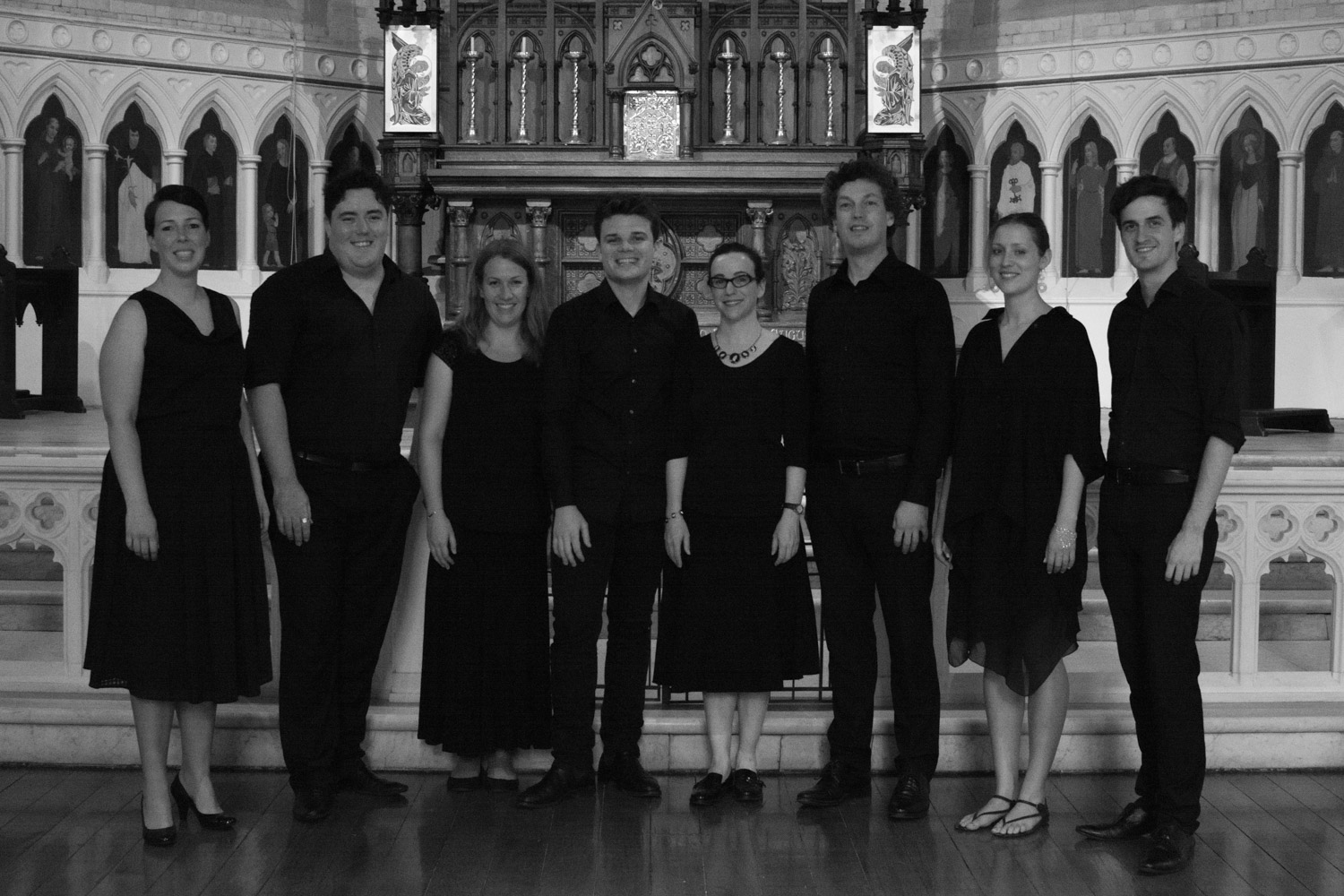Oppenheimer – ‘Noh’ Play Has Its World Premiere In Sydney
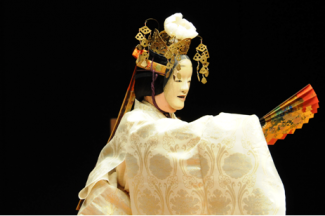
Oppenheimer, a Japanese Noh play in English, will have its world premiere in Sydney later this month, in the 70th anniversary year of Hiroshima. The ghost of the American scientist Robert J Oppenheimer, the ‘father of the atomic bomb’, is redeemed in the exquisite Noh tradition of mask, music and dance. Supported by the Japan Foundation in conjunction with the University of Sydney, Oppenheimer is also presented as part of the centenary celebrations of the Sydney Conservatorium of Music.
Oppenheimer is written by ethno-musicologist Emeritus Professor Allan Marett (Sydney Conservatorium of Music) and composed by Noh scholar Professor Richard Emmert (Musashino University, Tokyo). It traces the journey of Oppenheimer as he is transformed from an agent of death and destruction into an agent of liberation and healing. “Oppenheimer will ….have a big impact in Japan and on Japanese-Australia relations.” says Jeff Janisheski, Head of Acting at NIDA.
Noh is a traditional Japanese theatrical form and one of the oldest surviving theatrical forms in the world. In Noh drama, agents of suffering first appear trapped in the form of a ghost and then in the course of the play attain liberation. In Oppenheimer, the ghost is physicist Robert J Oppenheimer, who, tormented by the horrible consequences of his action in developing the atomic bomb, is condemned to return each year to Hiroshima, confront his guilt and suffer the agonies that his weapon caused.
The production is directed and choreographed by master actor-teacher Akira Matsui of the Kita School of Japanese classical Noh theatre who says that there has never been a work like Oppenheimer presented in Japan. The principal performers include both Japanese professionals and Japanese-trained members of the Theatre Nohgaku. The performance will feature classical and new masks made by master mask-maker Kitazawa Hideta.
“Although the conventions of Noh will be somewhat unfamiliar to Australian audiences, the beauty of its costumes, masks, music and dance speaks directly across the cultural divide,” says Professor Allan Marrett.
“Moreover, all of us live in the shadow of Hiroshima and Nagasaki. So far, these are the only occasions when a nuclear weapon has been used on a human population, but it won’t be the last. How do we deal with this legacy?” he asks.
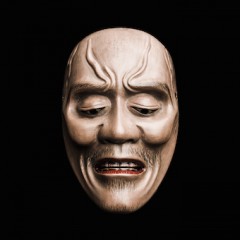
Oppenheimer is presented in two parts. In the first part, the main character is in disguise – Oppenheimer appears initially as a priest, wearing a Yorimasa mask (pictured above) – but then reveals his true identity, which he then presents in the second part of the play.
The play has the structure and form of a ‘mugen’ Noh, where the main character, Oppenheimer, is the ghost of a person who, because of some karmic hindrance, is unable to leave their human form at death.
Through a contemplation of the traditional Zen story of Hyakujo and the fox (Mumonkan, Case 2), the ghost of Oppenheimer is finally released from his suffering when he encounters Fudô Myô-ô within the fires of Hiroshima. Fudô gives Oppenheimer his sword and snare so that he can dance for the liberation of all beings from suffering and in particular, the wounds and scars that resulted from the atomic bombing of Hiroshima.
Matsui adds “Using the classical elements and style of Noh theatre, Oppenheimer is neither politically graphic, nor does it attempt to make accusations of right and wrong. It does not have the Christian concept of repentance, but rather a skillful expression of Buddhist thought. It is a work that challenges the audience to think about the contradictions brought about by science.”
The collaboration between Allan Marrett and Richard Emmert dates back several decades when in 1989 and 1991, when they joined Akira Matsui to produce Eliza, one of the earliest examples of Noh in English, in Sydney and Tokyo.
This, and a number of other English Noh projects, led to the formation, in 2000, of the professional Japanese-American company, Theatre Nohgaku, whose mission is to increase appreciation of Noh outside Japan through the performance of traditional Noh plays in English and the creation of new Noh in English. Since then, Theatre Nohgaku has gone from strength to strength, holding annual workshops for writers, through which Oppenheimer has been developed.
Performers: Principal actor (shite) John Oglevee/ Companion actor (tsure) Akira Matsui/Secondary actor (waki) David Crandall/ Head of chorus (jigashira) Richard Emmert/ Interlude actors (ai-kyogen) Gary Watson, Yoke Chin/ Flute (nokan) Takizawa Narumi/ Small shoulder drum (kotsuzumi) Omura Kayu/ Large hip drum (otsuzumi) Okura Eitaro/Stick drum (taiko) Yoshitani Kiyoshi/Stage assistants (koken) Omura Sadamu, Kitazawa Hideta.
Co-inciding with the premier of Oppenheimer, The Japan Foundation, Sydney is proud to present Shadow & Light: The Craft of Noh Mask Carving an exhibition of Japanese Noh masks by award-winning artisan Hideta Kitazawa, at The Japan Foundation Gallery, 16-30 September. www.jpf.org.au
Tickets: Adults: $65, Concession: $45




